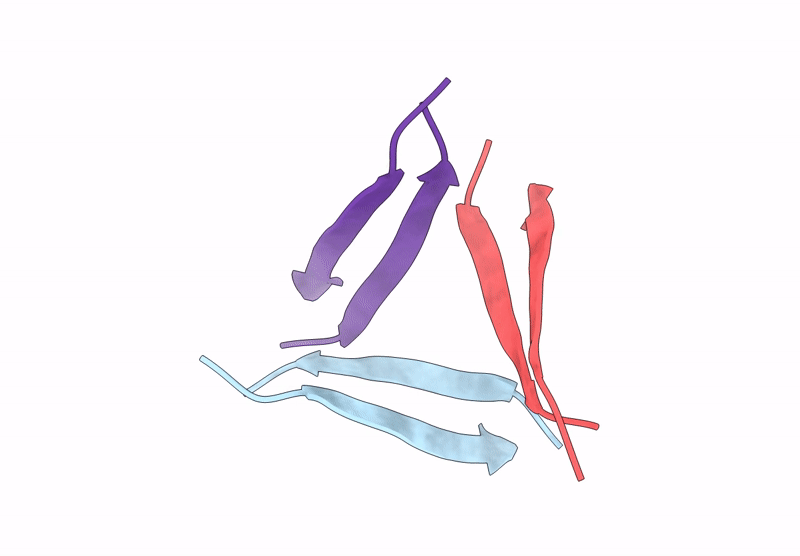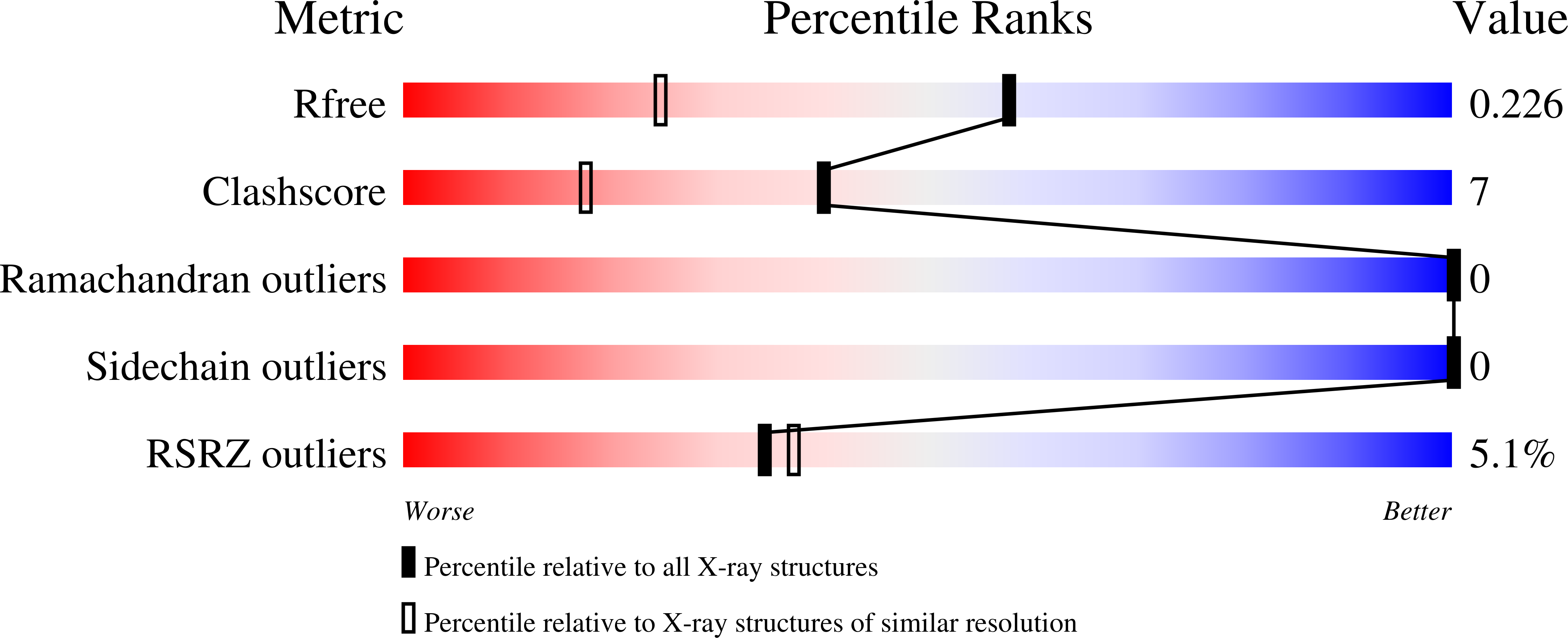
Deposition Date
2024-11-18
Release Date
2025-04-09
Last Version Date
2025-04-30
Entry Detail
PDB ID:
9EEC
Keywords:
Title:
X-ray crystallographic structure of a beta-hairpin peptide mimic derived from Abeta 16-36 ORN-LYS-LEU-VAL-H7V-PHE-ALA-GLU-ORN-ALA-ILE-ILE-GLY-LEU-MET-VAL
Biological Source:
Source Organism:
Homo sapiens (Taxon ID: 9606)
Method Details:
Experimental Method:
Resolution:
1.58 Å
R-Value Free:
0.22
R-Value Work:
0.21
R-Value Observed:
0.21
Space Group:
P 4 3 2


